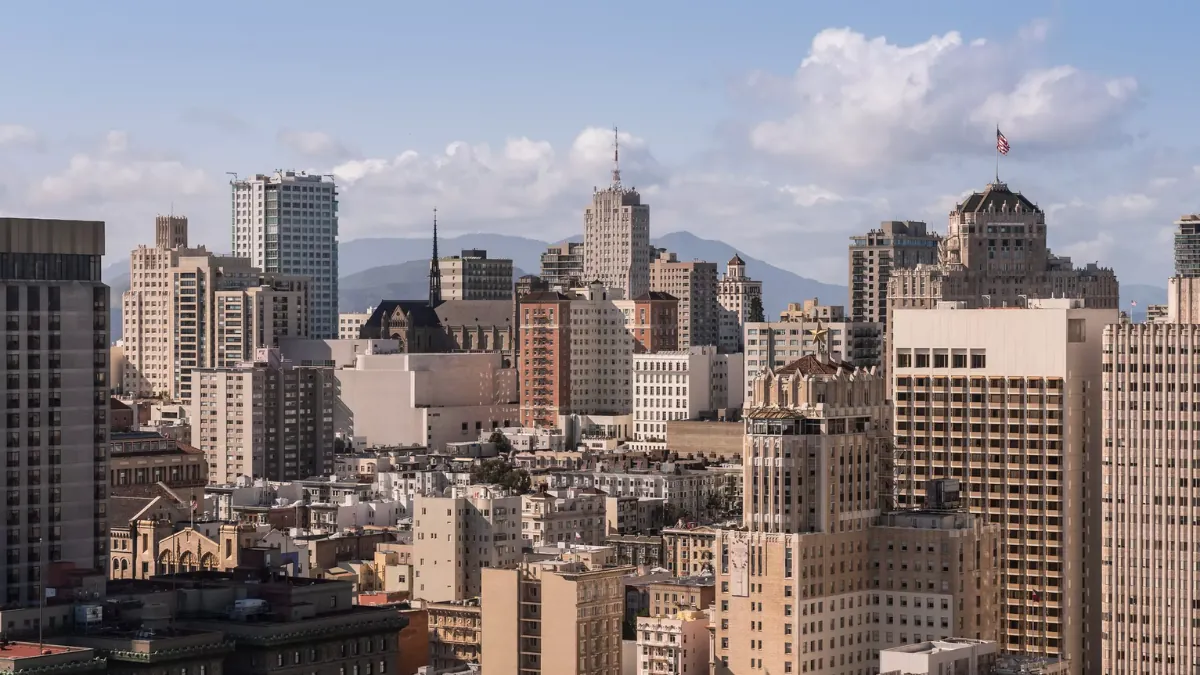California, the Golden State, conjures images of sun-kissed beaches, vibrant Hollywood glamour, and the promise of endless opportunity. Yet, beneath the gleaming veneer lies a stark reality for some of its residents. A recent report by has labeled Huntington Park, a quiet city nestled within Los Angeles County, as the most depressed city in California. This title, while jarring, serves as a crucial spotlight on the complex challenges that this community faces.
Delving into Depression: Identifying the Root Causes
To understand the factors contributing to Huntington Park’s high depression rate, a deeper dive into the city’s social and economic landscape is necessary. Here are some key elements:
- Economic Struggles: With a poverty rate of 28% and a median household income of $38,106, navigating daily life in Huntington Park presents significant financial burdens. The high cost of living in California creates a constant pressure to make ends meet, leading to stress, anxiety, and a sense of hopelessness.
- Limited Opportunities: Despite a hardworking population with 63% in the labor force, economic mobility in Huntington Park remains limited. Job options are often concentrated in lower-wage sectors, leaving residents feeling trapped in a cycle of financial insecurity.
- Access to Resources: Access to mental health services is another critical factor. Huntington Park, like many underserved communities, faces a shortage of mental health professionals. This scarcity makes it difficult for individuals to receive adequate support and treatment for depression and other mental health conditions.
- Community and Belonging: The feeling of social isolation and disconnection can exacerbate depression. In Huntington Park, a history of systemic inequalities has fostered a sense of marginalization and distrust within the community. This lack of a solid social support network can leave individuals feeling alone and unsupported.
Beyond the Label: Uncovering Resilience and Hope
While focusing on the challenges Huntington Park faces is crucial, it is equally important to recognize the unwavering resilience and community spirit that defines the city. Numerous grassroots initiatives and local organizations are working tirelessly to address the issues at hand:
- Mental Health Advocacy Groups: Organizations like the L.A. County Department of Mental Health and local non-profits are collaborating to expand access to mental health services through awareness campaigns, culturally sensitive therapy programs, and telehealth initiatives.
- Economic Development Efforts: Programs aimed at workforce development, job training, and small business entrepreneurship provide residents with a pathway to financial stability and economic empowerment.
- Building Community Cohesion: Community centres, local churches, and cultural organizations create safe spaces for residents to connect, share experiences, and make a sense of belonging. These efforts are fostering a more robust social fabric and promoting collective well-being.
Moving Forward: A Call for Action
Addressing the high depression rate in Huntington Park requires a multi-pronged approach that extends beyond the city limits. Here are some calls to action for stakeholders at all levels:
- Investment in Social Services: Increasing funding for mental health services and expanding access to affordable, culturally competent care is essential for providing comprehensive support to residents struggling with depression.
- Policy-level Changes: Implementing policies that address income inequality, affordable housing, and access to quality education can significantly improve Huntington Park’s and similar communities’ socioeconomic conditions.
- Breaking the Stigma: Openly discussing mental health and reducing the stigma surrounding it can encourage individuals to seek help and create a more supportive environment for those facing depression.
Conclusion
Huntington Park’s story is a stark reminder that hardship and hope are often intertwined. While the label of “most depressed city” casts a heavy shadow, it has also ignited a collective will to rise above. From grassroots initiatives fostering community to tireless advocacy for mental health resources, the city pulsates with a quiet determination to rewrite its narrative.
This journey towards a brighter future won’t be easy. Still, with sustained support, investment, and a collective commitment to breaking down barriers, Huntington Park can emerge from the shadows, not just as a beacon of resilience but as a testament to the human spirit’s unwavering ability to heal and thrive.
The Golden State may cast a golden glow. Still, the inner light of communities like Huntington Park genuinely illuminates the path towards a California where well-being and opportunity reach every corner. Every story has the chance to end with a hopeful sunrise.




